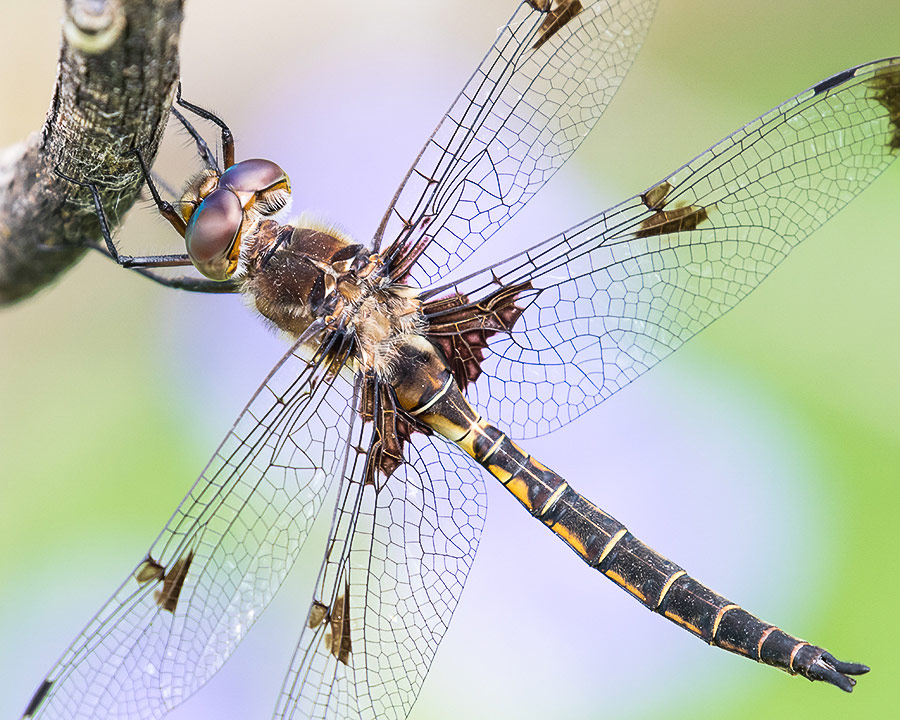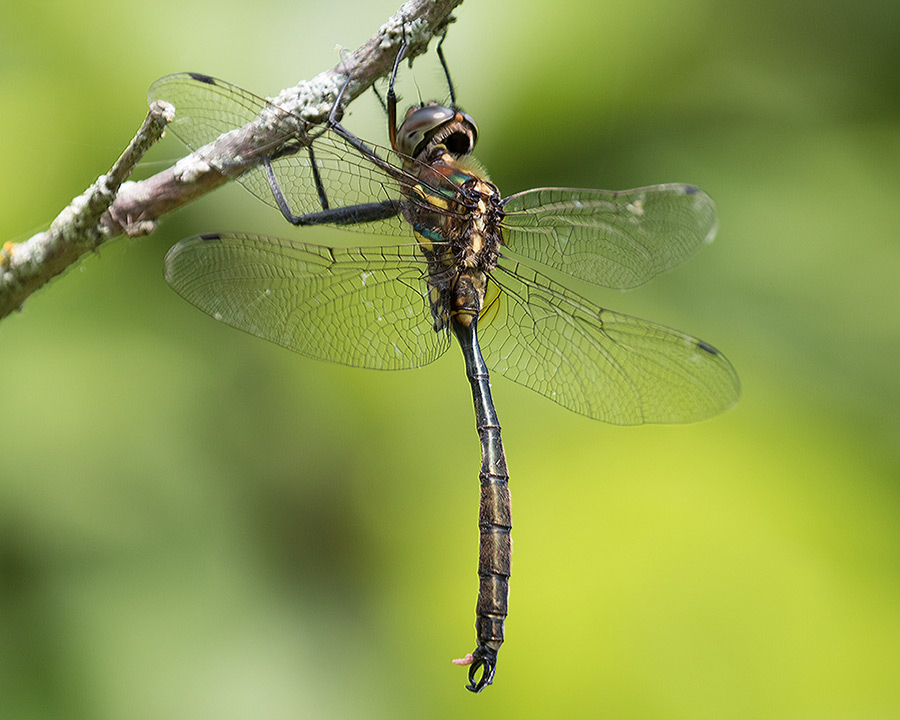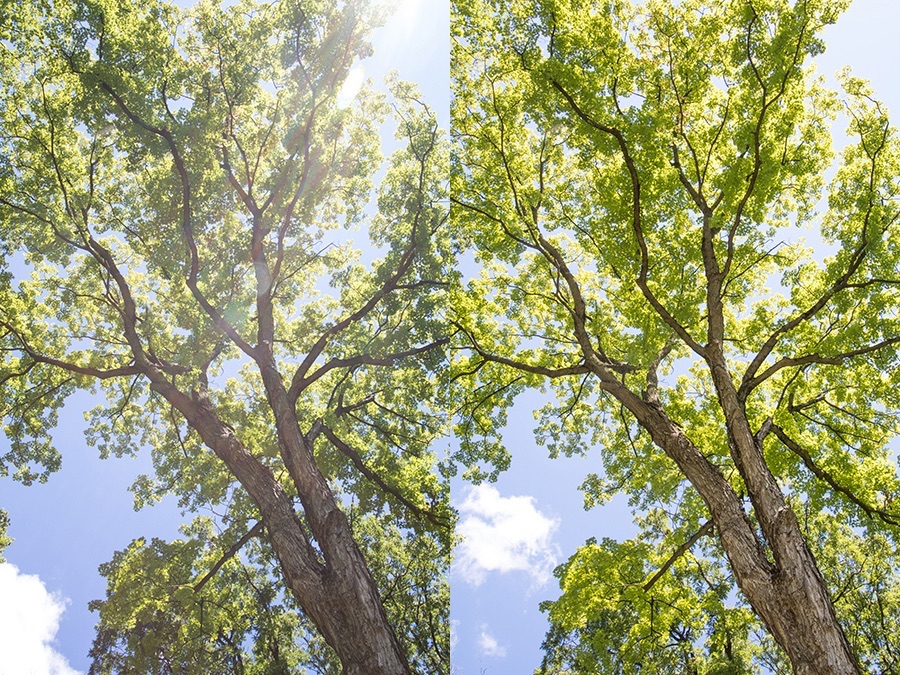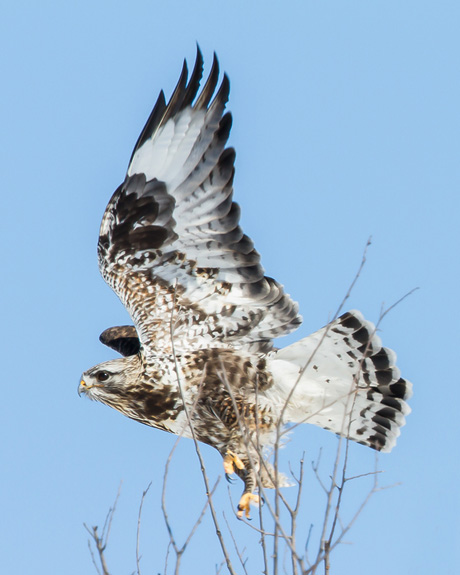
For example, I recently had an encounter with a dragonfly known as a Prince Baskettail (Epitheca princeps). We all know photographing dragonflies can be a very daunting and sometimes humbling experience. The Prince Baskettail can be especially frustrating because it seems to be forever on the move and rarely rests for any length of time. Occasionally though, luck comes at surprising times and the most important thing to remember at those times is to take full advantage of it and to always keep trying for the best possible photo while keeping in mind to never pressure your subject to fly off. [Read more…] about Adding An Artistic Element
 One thing many of us forget to consider is the background in a photo. We focus (literally and figuratively) on the main subject and feel gratified that we can get the whole subject in the frame and it’s sharp and properly exposed. Let me show you an example of how easy it can be to make a significant difference in your photos. In this case, we’ll be talking about an application related to macro work and dragonfly photography.
One thing many of us forget to consider is the background in a photo. We focus (literally and figuratively) on the main subject and feel gratified that we can get the whole subject in the frame and it’s sharp and properly exposed. Let me show you an example of how easy it can be to make a significant difference in your photos. In this case, we’ll be talking about an application related to macro work and dragonfly photography.
 What photo would you say is the one you’re least prepared to take? For me, it’s the very first photo on any given day. Have you ever gone out for a day of nature photography, regardless of your subject preference, and find that when you go to shoot that very first photo something is “off?” I’m not referring to an equipment checklist, I’m talking about a preparedness checklist.
What photo would you say is the one you’re least prepared to take? For me, it’s the very first photo on any given day. Have you ever gone out for a day of nature photography, regardless of your subject preference, and find that when you go to shoot that very first photo something is “off?” I’m not referring to an equipment checklist, I’m talking about a preparedness checklist.
